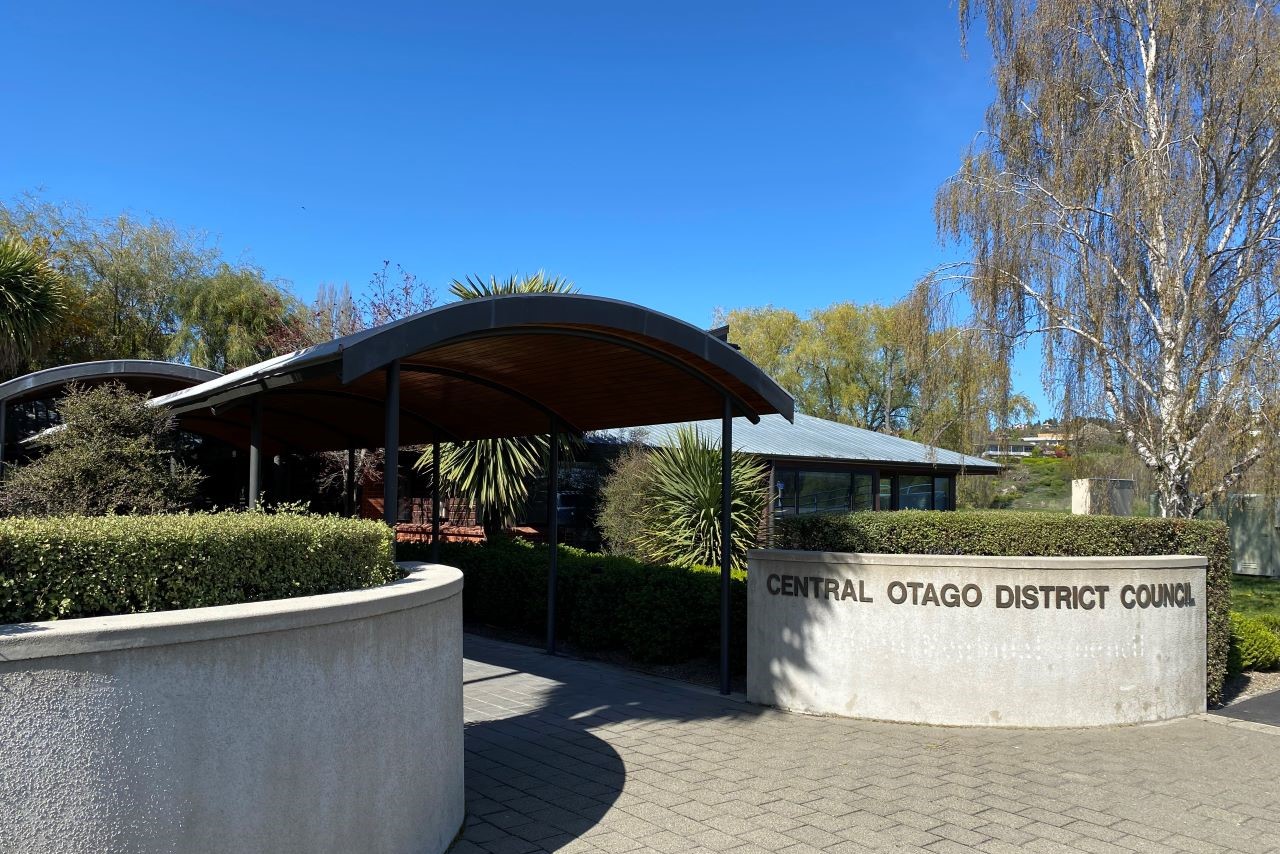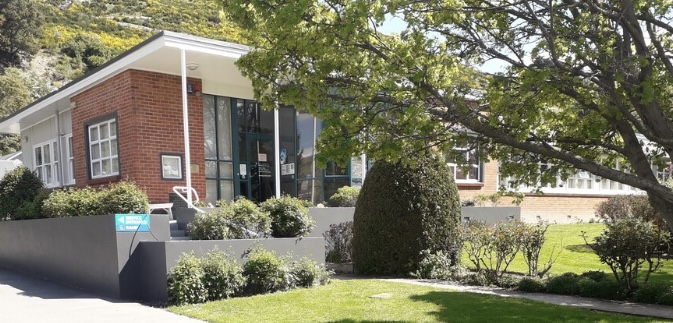CODC records big expenditure figures in performance metrics
Aimee Wilson
06 August 2025, 6:00 PM
 The CODC’s capital and operating expenditure is high compared to councils of similar size, reflecting a broader scale of services across the district. Photo: File
The CODC’s capital and operating expenditure is high compared to councils of similar size, reflecting a broader scale of services across the district. Photo: FileA new nationwide council performance measurement framework has been introduced to give people a clearer picture of how Central Otago is performing, and how it compares with others.
Led by the Department of Internal Affairs (DIA), the first set of council performance metrics was published on July 31, 2025.
People want to know where their rates are going and how their council stacks up against others of similar size.
CODC sits in the ‘Small Provincial Rural’ group of councils, alongside Clutha, Gore and Waitaki and 25 others (towns under 30,000).
Clutha recorded a 16.4 percent increase in rates compared to Central Otago’s 12.47, while Gore was only 8.8 percent, and all of the others except Grey and Westland were 10.3 percent and under.
Central Otago District Council (CODC) chief executive Peter Kelly said the new approach will provide transparency for residents and valuable insights for councils.
“Every council in New Zealand operates within its own unique context; shaped by geography, infrastructure demands, population trends and past investment decisions. It’s important that any comparison acknowledges these differences.”
Central Otago had an AA credit rating (stable), with debt headroom at 145.6 percent - offering good borrowing capacity if required for future investment, he said.
Its capital expenditure was the highest of the group at $188M, compared to the average of just $81M.
CODC’s operating expenditure of $70.2M was also above the group median of $54.5M - reflecting the broader scale of services required to support the district’s large geographic area and aging infrastructure.
“We are responsible for maintaining infrastructure and delivering services across one of the largest and fastest-growing districts in our group,” Peter said.
“That scale, combined with ageing assets and rising community needs adds complexity and cost and reinforces the importance of long-term planning and sustainable investment.”
Mayor Tamah Alley recently made no secret of the fact Central Otago was an expensive place to live - pointing out in 2014 the average house price in Central Otago was $280,000 and in 2025 it had jumped up to $760,000.
She said having to truck in goods to Central Otago was never going to be cheap, as it wasn’t the easiest place to get things to.
The new performance measurement framework is part of the government’s broader Local Government Systems Improvement (LGSI) programme and is supported by the proposed Local Government (Systems Improvement) Amendment Bill, expected to enter Parliament later this year.
Peter welcomed the opportunity for open dialogue with residents.
“This new framework provides a platform for residents to ask meaningful questions about priorities, performance and outcomes.”
Although the initial metrics focus on financial indicators, the framework is expected to expand over time to include service delivery, governance and contractor expenditure.
In August 2024, the government announced measures to refocus councils in response to cost of living concerns.
Prime Minister Christopher Luxon said a concern about rising rates led to a desire that council spending concentrated on core services and infrastructure, and the efficiency of decision-making was improved.
Local Government New Zealand vice-president and Mayor Campbell Barry said in March 2024, it was no secret that the funding system for local government was broken.
Rates accounted for more than half council funding, and relying so heavily on rates alone was unsustainable.
Have a story to share or comment to make? Contact [email protected]
NEWS
WHAT'S ON






